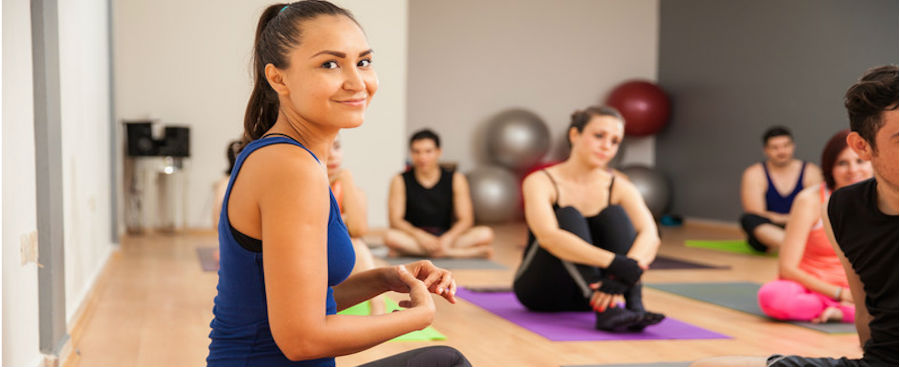A typical Bikram yoga session is 90 minutes long and consists of 26 poses and two breathing exercises, all performed in a room heated to 105° F with 40 percent humidity. Practitioners often find themselves absolutely drenched in perspiration by the end of a session, their yoga mats puddled with sweat. For many Bikram enthusiasts, having the mental strength and focus to overcome this type of challenge is a big part of the draw. It is primarily advocates of this extreme version of “hot yoga” who claim improved mindfulness, flexibility, strength, muscle tone and general fitness as a direct result of practicing this form of yoga.
Research conducted in the past few years has provided some support for these claims, while also finding benefits in the form of lower perceived stress levels, improved cardiorespiratory endurance and improved balance (Hewett et al., 2001), as well as increased dead lift strength and shoulder flexibility, and modestly decreased body-fat percentages (Tracy and Hart, 2013). In addition, Hunter and colleagues (2013) found that Bikram yoga improved overall glucose tolerance and insulin resistance in older adults who were at high risk of developing metabolic disease.

